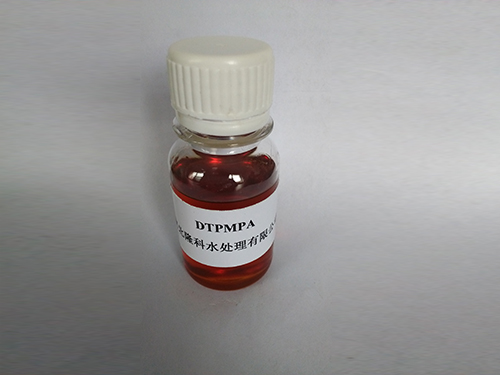Exploring the Various Applications of Polyacrylamide in Different Industries
Polyacrylamide Applications and Uses
Polyacrylamide is a synthetic polymer derived from acrylamide monomers and has become one of the most versatile types of polymers used in various industries. With its unique properties and capabilities, polyacrylamide serves an extensive array of applications ranging from industrial to environmental, making it a critical component in numerous processes.
1. Water Treatment
One of the most significant applications of polyacrylamide is in water treatment. Polyacrylamide is commonly used as a flocculating agent to facilitate the removal of contaminants from water. It works by enhancing the aggregation of suspended particles, leading to the formation of larger clumps or flocs, which can be easily separated from water. This property makes polyacrylamide invaluable in municipal water treatment facilities, mining operations, and wastewater management systems. Notably, the use of polyacrylamide helps in reducing the concentration of pollutants and improving water quality, which is crucial for meeting environmental regulations and safeguarding public health.
2. Agriculture
In the agricultural sector, polyacrylamide is widely utilized for soil stabilization and erosion control. When applied to soil, it improves water retention, thus enhancing moisture availability for crops. This leads to increased agricultural productivity, particularly in arid and semi-arid regions. Polyacrylamide is also used in irrigation systems to reduce the runoff of fertilizers and pesticides, ensuring more efficient nutrient use. These benefits make polyacrylamide an essential component in sustainable agricultural practices.
3. Oil and Gas Industry
Polyacrylamide is extensively used in the oil and gas industry for enhanced oil recovery processes. During oil extraction, it acts as a thickening agent, helping to improve the viscosity of water used in drilling fluids. This attribute allows for better displacement of oil and helps in minimizing water production during extraction. Additionally, polyacrylamide contributes to maintaining reservoir pressure and improving overall extraction efficiency.
4
. Cosmetics and Personal Carepolyacrylamide uses

In the cosmetics and personal care industry, polyacrylamide functions as a thickener and stabilizer in various formulations. It can be found in products such as lotions, creams, and gels, where it enhances texture and provides a smooth application. Polyacrylamide is valued for its ability to form films and retain moisture, making it an important ingredient in skincare treatments.
5. Pharmaceuticals
Polyacrylamide is also employed in the pharmaceutical sector, particularly in drug delivery systems. Its biocompatibility and ability to form hydrogels allow it to be used in controlled-release drug formulations. These characteristics facilitate the gradual release of medication over time, improving therapeutic efficacy and patient compliance.
6. Paper and Textile Industries
In the paper industry, polyacrylamide is used as a wet strength agent and a retention aid. It improves fiber retention, ensuring better paper quality and reducing waste during production. Similarly, in the textile industry, polyacrylamide is used in dyeing and finishing processes, where it enhances color retention and fabric durability.
7. Laboratory Research
Lastly, polyacrylamide is a fundamental component in laboratory research, particularly in gel electrophoresis. This technique is essential for separating proteins and nucleic acids based on size and charge. Polyacrylamide gels provide the necessary medium for researchers to conduct various analytical assays, making it a staple in molecular biology and biochemistry.
Conclusion
The multi-faceted uses of polyacrylamide highlight its significance across different fields. From ensuring clean and safe water to contributing to agricultural productivity and advancing pharmaceutical technologies, polyacrylamide is an essential polymer that supports numerous industries. As research and development continue to evolve, we can expect to see even more innovative applications for polyacrylamide, reinforcing its role as a vital contributor to modern technology and environmental sustainability.
-
LK-319 Special Scale And Corrosion Inhibitor For Steel Plants: Advanced Solutions for Industrial Water SystemsNewsAug.22,2025
-
Flocculant Water Treatment: Essential Chemical Solutions for Purification ProcessesNewsAug.22,2025
-
Isothiazolinones: Versatile Microbial Control Agents for Industrial and Consumer ApplicationsNewsAug.22,2025
-
Scale Inhibitor: Key Solutions for Water System Scale PreventionNewsAug.22,2025
-
Organophosphonates: Versatile Scale Inhibitors for Industrial Water SystemsNewsAug.22,2025
-
Scale and Corrosion Inhibitor: Essential Chemical Solutions for Water System MaintenanceNewsAug.22,2025





